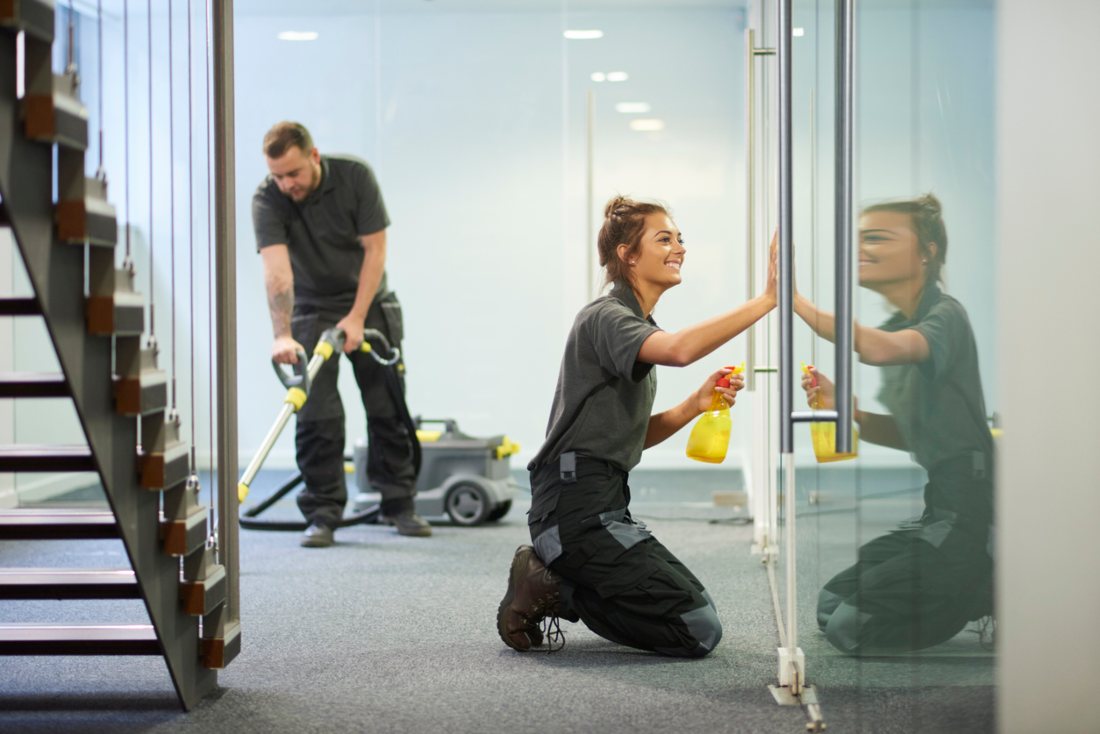
Old buildings are unique and beautiful in many ways. However, they continue deteriorating with time due to weather conditions and overuse. As the facility manager, scheduling annual or semi-annual checks and inspections is paramount to prevent the building from becoming a health hazard. It helps stop expensive repairs, not to mention life-threatening damages to the building.
A preventative maintenance checklist for your industrial hygiene obligations makes it easy to point out all critical areas that need attention. Continue reading to learn more.
The Roof
The roof is exposed to a lot of stuff, especially since it is the link between the interior and exterior of a building. If your building is 50+ years old and you have not had a roof change, the roof is likely already too old. Therefore, it should be examined to see whether there are materials like copper, slate, tar, and terne steel.
The roof can also have asbestos, which is a dangerous compound. If humans get in touch with them, they can cause mesothelioma, which is cancer of the lung lining, asbestosis, or pleural thickening. Biological waste such as moss, mold, dead insects, and birds can also be found on the roof. Professional cleaning can help eliminate these compounds on the roof and ensure a clean environment.
Interior Spaces
Interior spaces include walls, doors, windows, and ceilings. Although these areas may look spotless, they can contain harmful compounds, particularly if they still have their original paint that may have lead. Lead is mainly used to coat windows, doors, and other woodwork.
If it still exists, it can seriously affect the kidney, brain, nerves, or even cause infertility problems. You can tell your interiors contain lead by how the paint deteriorates. It doesn’t peel but instead cracks in distinctive rectangles.
Electrical and Heating Systems
It is assumed that electrical and heating systems are only replaced or repaired when they stop working. Nevertheless, this should not apply to you if you are in an old building. By using electricals like boilers that have been left without repair or maintenance for years, you risk exposure to carbon monoxide.
This is the silent killer gas produced when there is incomplete burning of carbon-based fuels. Inspecting electrical and heating systems in the building is the surest way to confirm whether this risk exists.
Plumbing Systems
Like the electrical system, the plumbing systems should be inspected even when there is no visible problem. A leak in the plumbing system could cause mold and mildew, which is a threat to the building’s foundation. Moreover, mold causes allergic symptoms like watery eyes, coughing, sneezing, and difficulty in breathing.
Inspection of the plumbing systems also helps ensure no leaks from the sewage system. Such leaks can have adverse health effects on the building occupants, not forgetting the inconveniences of living in a building with a non-functional sewage system.
Basement and Crawlspace
The basement is prone to excess moisture and periodic flooding. If not dealt with, this promotes the growth of mold. Additionally, the basement can also have traces of asbestos, which dissolves in the air and increases the risk of diseases like cancer. The basement of an old building, especially one that is not maintained, can contain lead and other microbial contaminations.
Are You Ready to Make Your Building Clean and Hygienic?
Sure, sustaining your building for this long has taken effort and good maintenance. However, you need some industrial hygiene checkups to ensure the building looks presentable and is not a health hazard to its occupants. Reach out to EnviroMavens for more information.
 Visit the EnviroMavens booth #46 at the
Visit the EnviroMavens booth #46 at the



